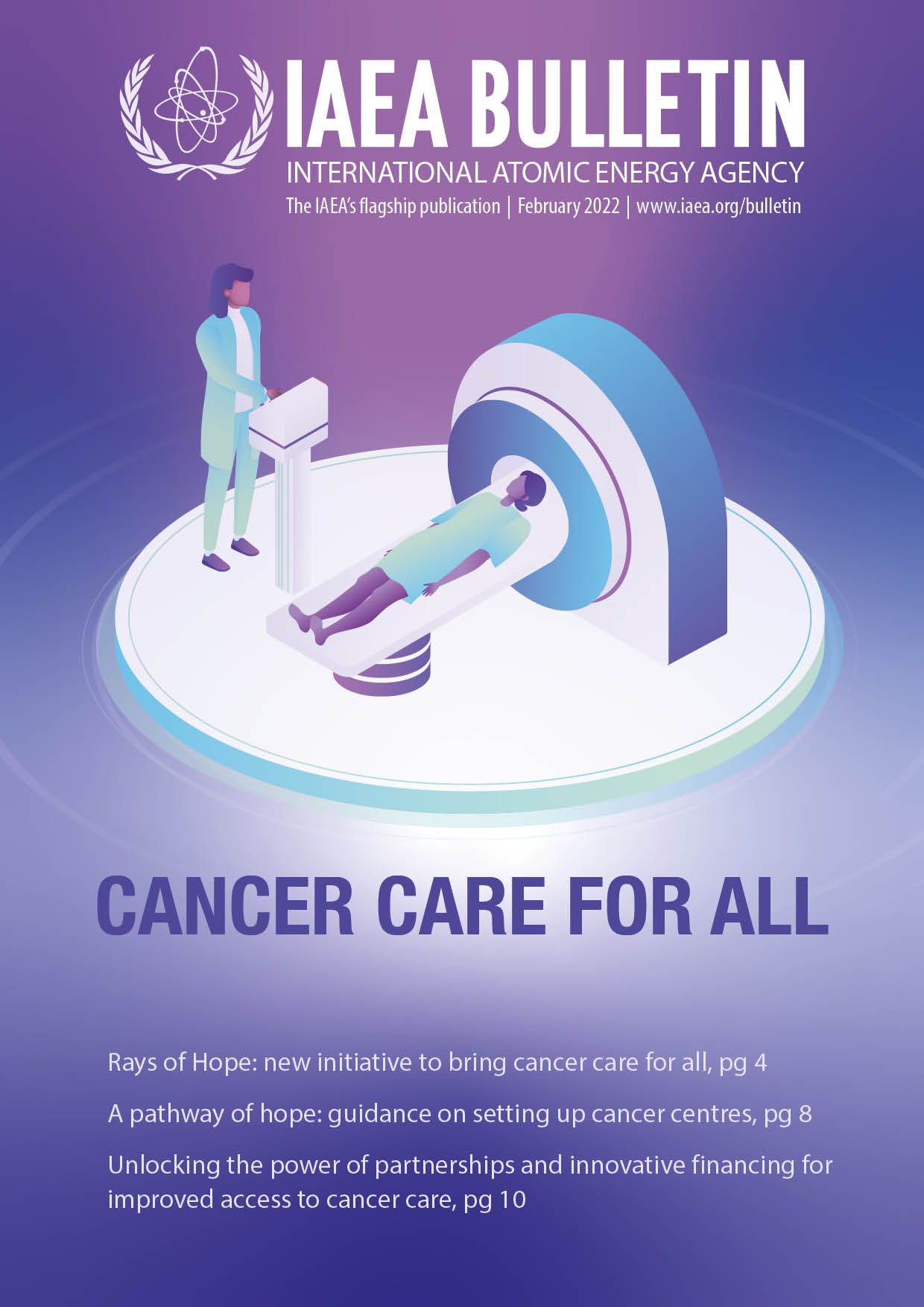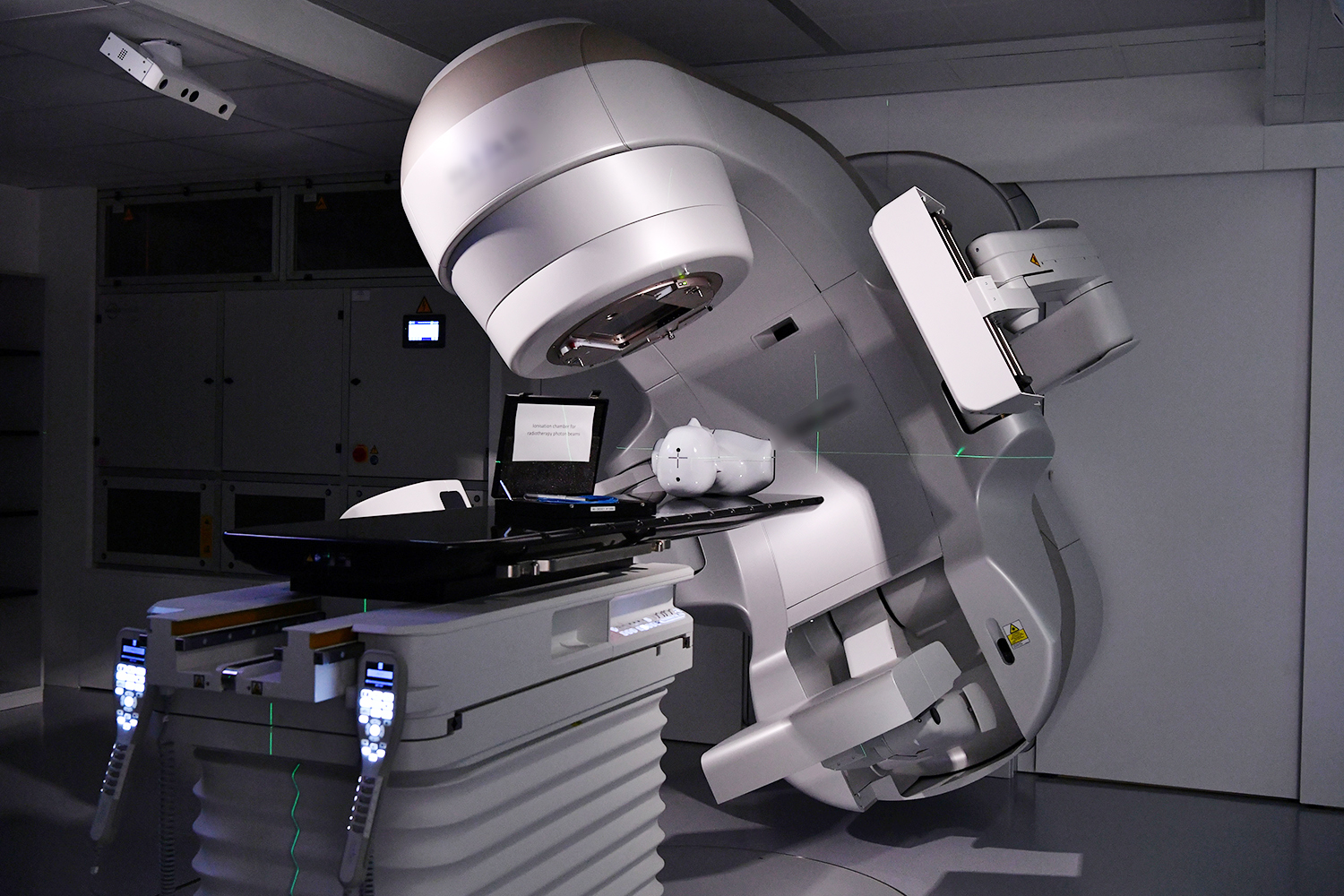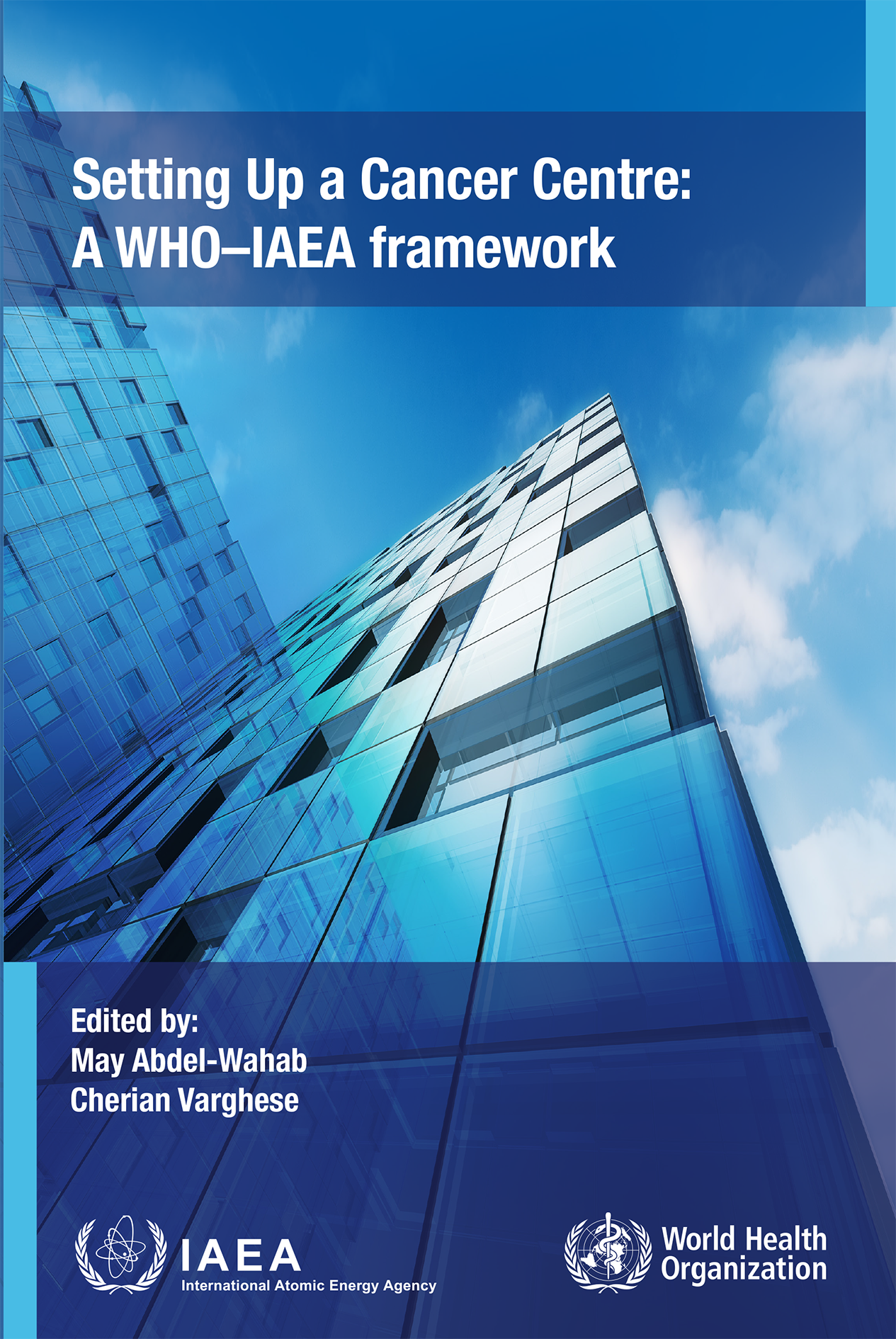In 2020, cancer killed nearly 10 million people, and new cancer cases are predicted to rise to between 29 and 37 million per year by 2040 unless dramatic action is taken, according to the International Agency for Research on Cancer. Addressing this challenge, and the tremendous burden cancer exerts physically, emotionally and financially on individuals, families, societies and health systems, will require building more cancer treatment facilities and rethinking the way the world tackles this disease.
A new joint publication, Setting up a Cancer Centre: A WHO–IAEA Framework, by the IAEA and the World Health Organization (WHO), will help by guiding policymakers, programme managers and clinical care providers in setting up and developing cancer treatment facilities in a phased manner. The guidance document supports the approach already established under the joint IAEA–WHO publication Roadmap towards a National Cancer Control Programme: Milestones for establishing nuclear medicine, diagnostic imaging and radiotherapy services.
“The world is facing an ever-growing cancer epidemic, and our cancer facilities are on the front line of this battle,” said May Abdel-Wahab, Director of the IAEA’s Division of Human Health. “The guidance document is a valuable tool in the planning and implementation of cancer centres, providing guidance on setting up different levels of cancer services within individual cancer centres. The ultimate goal is to improve the level of cancer services through a stepwise approach, providing context and requirements for specific services.”
This guidance is intended to cover multidisciplinary cancer care, and details the infrastructure, human resources and equipment needed for oncological and supportive care services, she said.


